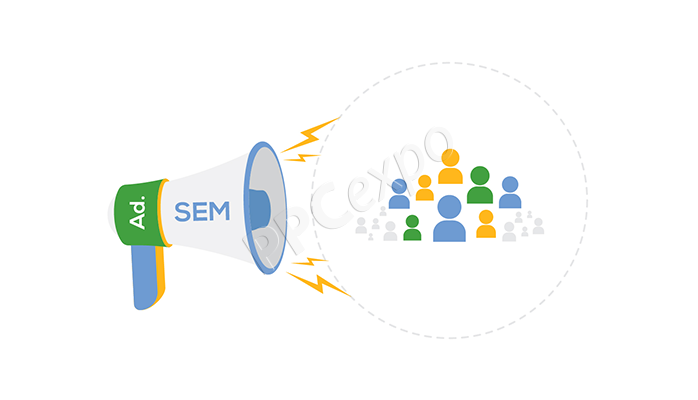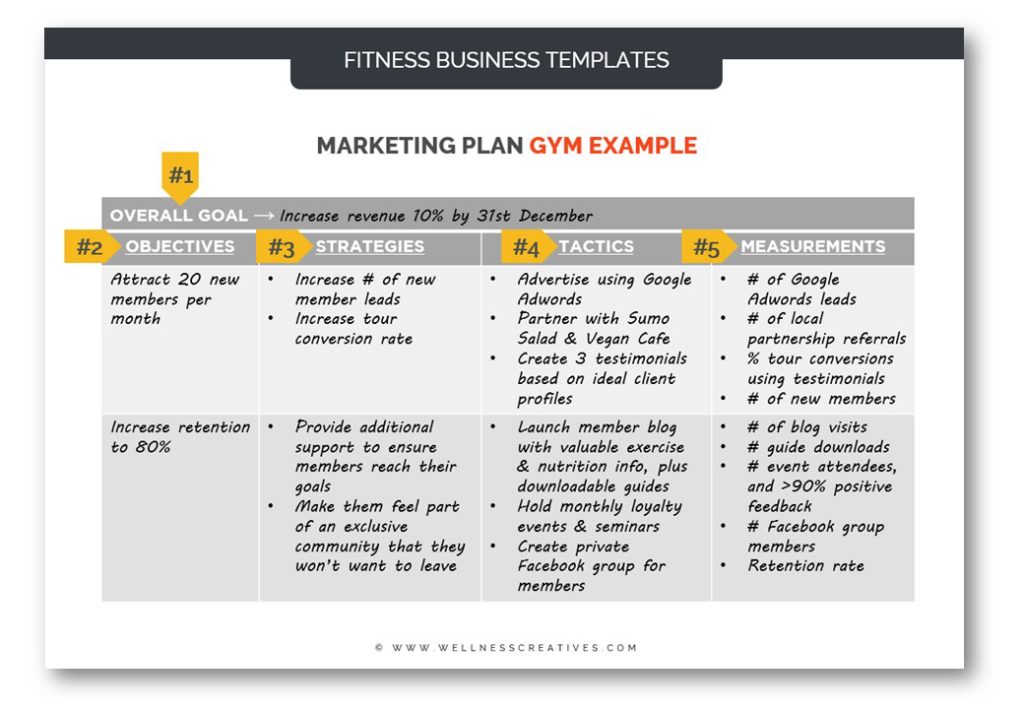
Customer Data Platforms or CDPs are packaged software that allows customers to have a complete view of their customer. This data can be used to trigger automated campaigns, personalize offers, and improve marketing performance. This data is used to improve customer engagement and increase conversion rates in the ecommerce sector.
The CDP unifies data across multiple sources, including transactional as well as behavioral data. It then stores and analyzes that data for a certain period. These results can then be accessed by other systems. CDPs can be used to create segments or target advertising.
There are many types CDPs. They can differ in the functionality they provide, such as the ability to receive real-time updates or allow for message selection and segmentation. They also have different types of data that they consume.

The most common type data that a CDP consumes is first-party. This data comes directly from the customers. In a customer profile, for example, survey results and purchases are included. Other data, such as social media interactions, is collected by the customer-facing system.
CDPs are able to access the data using a web-based interface. The platform can then unify data, creating a single customer profile. This helps marketers create personalized experiences, drive higher revenue, and better customer retention.
There are many types and styles of CDPs. They all serve the same purpose: centralize data. This allows businesses and individuals to tailor their services to individual customers. In the customer-centric world, personalization is very important. Companies that master this technique increase their revenue by five to fifteen percent.
Another benefit of a CDP, is that it makes it much easier to collect and share customer information. The majority of technical resources are usually provided by the vendor so marketers don't spend as much time setting up the system. It is easier to modify and deploy the software because it is packaged.
Another benefit of a CDP is that it helps marketers achieve more accurate modeling. Companies can avoid duplicate data costs and lower data errors by storing all customer data in a single location. Marketers have more control over data management, analytics and reporting.

Marketers are challenged with how to use and leverage customer data effectively. Data is often stored in different silos that make it difficult to collaborate with other teams. A customer data platform centrally manages all data, making it easier for teams to collaborate.
Since the beginning, customer data platforms have grown in popularity to assist companies with better understanding their customers. The platforms are now even more powerful, enabling marketers to create exceptional customer experiences.
A brand's lifeblood is its customer data. Without a strong data strategy, brands could lose valuable insights. CDPs can be used by marketers to personalize customer experience, improve ROI, deliver the right experience at a right time, and increase conversion rates.
To make the most of a CDP, you will need to ensure that you have the appropriate technology and data strategy in place. You should ensure that the customer data platform you choose can integrate with other marketing technology systems. Additionally, you will want to ensure that the platform can store and distribute your data in a standardized format.
FAQ
How does Content Marketing work?
Your site is visited by someone who is looking for something. They will be happy if they find what you need. If not, they will leave the site and look elsewhere. Content marketing allows you to create valuable and useful information that solves problems and answers questions. This content is easily accessible across all channels (email, social media, etc.). So people will always be able to access it.
What can I do to improve my content marketing strategy
Focusing on distribution, audience and content can help improve your content marketing strategy. You must first understand your ideal customer. Also, find out where they are online. Once you know this information, you can tailor your content to appeal to them. A second thing you need to do is develop a unique voice that stands out from your competitors. Third, you must figure out how to efficiently distribute your content.
How do you make good content?
It is important to have interesting, useful and shareable content. The best content will have a clear call for action. This could be a link or button that allows readers sign up for a trial, read more about your product, or order something from your site. Your content should include visuals to be easily shared on all platforms.
Is Content Marketing right for me?
Absolutely! Content Marketing works well for any type of business. No matter whether you sell products, provide support or offer training, creating content can help customers get to know your company better and keep them in touch.
How does content marketing work?
Content marketing works because you create valuable and engaging content that adds value.
If you give your audience useful information, solve problems or entertain them, you can build relationships. People respond well to positive messages from brands they know and trust.
People enjoy reading things that interest them. When you create something that interests them, your readers will return for more.
Your content should drive people to take action - whether buying your product, signing up for your newsletter, visiting your website, or sharing your article via social media.
Writing compelling copy that engages and informs your target audience is key to content marketing success.
What are the benefits from content marketing
Content marketing helps drive leads and sales by creating high-quality content. Content marketing is a constant stream of quality content that can help promote products and/or services. Content marketing is a great way to increase brand awareness and trust among potential customers. The best part about content marketing is that it creates a positive image and reputation for your company.
How can you create quality content?
The best way to create great content is to write about something that interests you. Finding topics that interest you is the best way to write well. It's about understanding yourself and using that information to help others. Writing for yourself can be difficult, but writing for others is a lot easier.
Statistics
- Seventy-two percent business to business (B2B) (mailchimp.com)
- In fact, would pay more for a better customer experience, and 86% of B2B buyers would pay more. (neilpatel.com)
- Companies that use content marketing see approximately 30% higher growth rates than businesses not using it. (mailchimp.com)
- Content marketing produces 3X more leads per dollar spent. Content marketing costs 62% less than traditional marketing. (criteo.com)
- An example of an overarching goal could be: "In 2022, we want to achieve a 20% increase in revenue created by organic content and generate 15,000 MQLs with a budget of $30,000." (semrush.com)
- According to research compiled by Coschedule: Companies that publish 16+ blog posts a month get as much as 3.5x as much traffic as those that publish 0-4 posts a month. (criteo.com)
- Forty-seven percent of buyers view 3 to 5 pieces of content before engaging with a sales representative. (mailchimp.com)
- Measure your goals with a progress indicator of 0-100%. Make your goals collaborative and transparent (semrush.com)
External Links
How To
How can you build a content strategy?
The first step is understanding what kind of content you want to create for your clients. Once you have established this, it is time for content creation. This may mean developing an editorial calendar and planning where these pieces will come from. Content should always serve a purpose. It doesn't matter what type of content it is, blog posts, social updates, or any other, they all must serve a single purpose.
Once you determine which type of content you want to produce, then it's essential to find out who your target market is. Which market are they most interested in and what is their motivation for buying the content you offer?
Next is to find ways of communicating with your target market. Although social media platforms can be a great way of connecting with people, there are many other options, including videos, podcasts, webinars and webinars.
Next, you need to decide how you will communicate your message with your market. Then you need to determine what topics you'd like to cover. Again, this goes back to determine why you're writing the content. What problem does it solve How helpful is it? Do they think it will make their lives more easy?
Now that you know what kind of content you write, it's time to figure out what you want to say. Are you looking to share information in your industry? On current events? On specific products and services? This question will determine your focus.
Finally, after answering all those questions, it's the right time to combine everything in one package.
You want to make sure every piece of content serves its purpose. You don't want to waste anyone's time and energy, so you must build quality into every aspect of your content.
A great content marketing strategy is not complete without many moving parts.